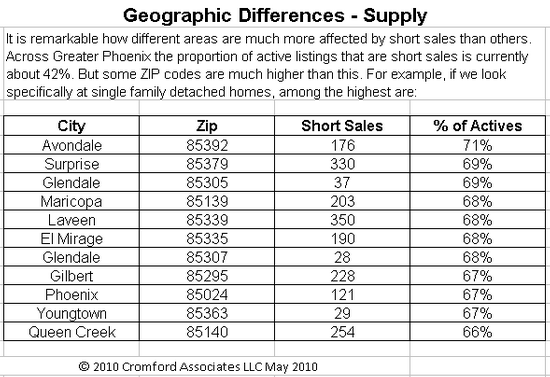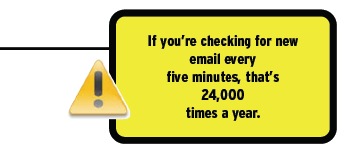There is a lot of talk in the national and local press about “when the recovery will happenâ€. Seldom is “the recovery†ever defined. The word is tossed about as though the person saying it and the listener both know what it means. But what does it mean? And just what is “recoveredâ€?
The signs of recovery typically come in a few forms: Supply drops, demand increases or exceeds supply, distressed sales drop (especially foreclosures) and are replaced with traditional sales, and finally pricing stabilizes and begins to edge up. In the final stages of recovery, builders re-enter the market.
Now that 2011 has come to a close and 2012 is in its infancy, it would seem appropriate to look at where the valley residential real estate market stands having slogged through one more year. When this debacle began in earnest back in 2007, we speculated on what the recovery might look like. Prior to this market decline, recoveries tended to come in the shape of a “V†– meaning one leg down and one recovery leg up. This market was unique. This market formed a “W†shape – dropping, then a “recovery†leg up (thanks to the artificial “recovery†prompted by the tax credit), followed by another drop once the stimulus was removed, and now what we believe is the final leg up. It has taken 4 rather brutal years but we believe we are now in the early stages of our actual real estate recovery. Of course factors like the economy, jobs, and interest rates all have the ability to affect the speed and trajectory of the recovery – but we do see the recovery underway.
Let us share some of the positive statistics comparing where we were only a year ago (as usual, thanks to Mike Orr of the Cromford Report for his impeccable research):
Sales per month are up 8% from this time last year.
Active listings were 19, 377 on December 1st 2011 – down 50% (that’s right, 50%) from the same time last year.
The day’s inventory (the number of days to sell all the listings if no new listings were added) is down dramatically to 96 from 184 a year ago.
The price per square foot is up 3.1% in one month – and up 6.5% from the extreme low point measured in September 2011 (price per square foot most accurately reflects short term price movement). In fact in every price range, sales prices by square foot are higher than a year ago.
New notices of foreclosure have continued to be filed at similar levels for the last six months of 2011 (about 4500 a month) however increasing amounts are resulting in short sales, loan adjustments, or a purchase by a third party at the trustee sale. Add in the banks selling assets to hedge funds and non-profits and foreclosed homes are becoming a smaller and smaller portion of the market than we have seen in the last 3 years. To put this in perspective, foreclosed homes for sale under $100,000 are down 81% from this time last year (72% in the 100K-200K range). Those are staggering numbers.
There is really no negative news to counter the positive. In fact about the only slight damper occurs in the 800K and up category which is showing growing supply with demand below par.  Interestingly enough the pricing is remaining stable in this range despite the doldrums that appear to be in effect.
So as we begin the year 2012 it would appear we have much to be thankful and hopeful for. It appears the real challenge lies primarily in the mindset of the public and real estate professionals. The primary battle appears largely in the mind, as the facts need to replace the emotion of the market. This will take some time. Our hopes are that these facts will help assist that battle.
Russell & Wendy




